Blade Runner cuts — every cut explained as the cult classic turns 40
What is the best Blade Runner cut? The Director's Cut to the Final Cut... let's discuss every version of Blade Runner.
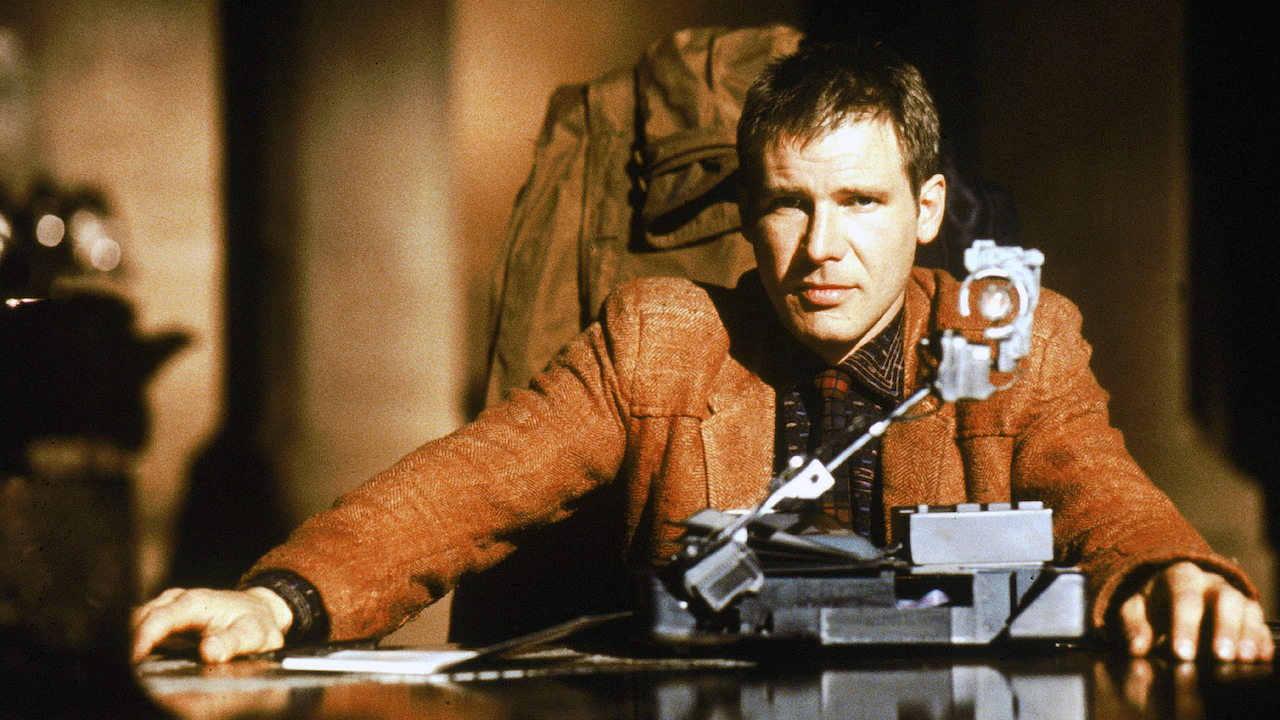
There are a huge amount of Blade Runner cuts and it's time to talk about them all as the movie celebrates its 40th anniversary. Ridley Scott's 1982 follow-up to Alien failed to make waves at the box office or with critics at the time of release.
Now a cult classic, the movie delves into the neo-noir world of 2019, a dystopian, grimy landscape where a special division of cops called blade runners hunt rogue androids called replicants.
Scott's knack for visuals blends perfectly with Philip K. Dick's original story, telling a complex tale of what exactly makes us human. Facing that dilemma, along with answering the film's central mystery — is Deckard human or a replicant? — is not a simple task. Why?
To date, the movie exists in seven different versions. All of these include varying details which blur together, making it extremely difficult to figure out which one you should sit down to watch. That's why we've broken them all down for you. Read on to learn what separates the Director's Cut from the Final Cut, why a unicorn dream sequence is a big deal, and of course, where all the Blade Runner cuts are available to watch.
Blade Runner cuts — what are the differences between each cut?
1. The Workprint Cut
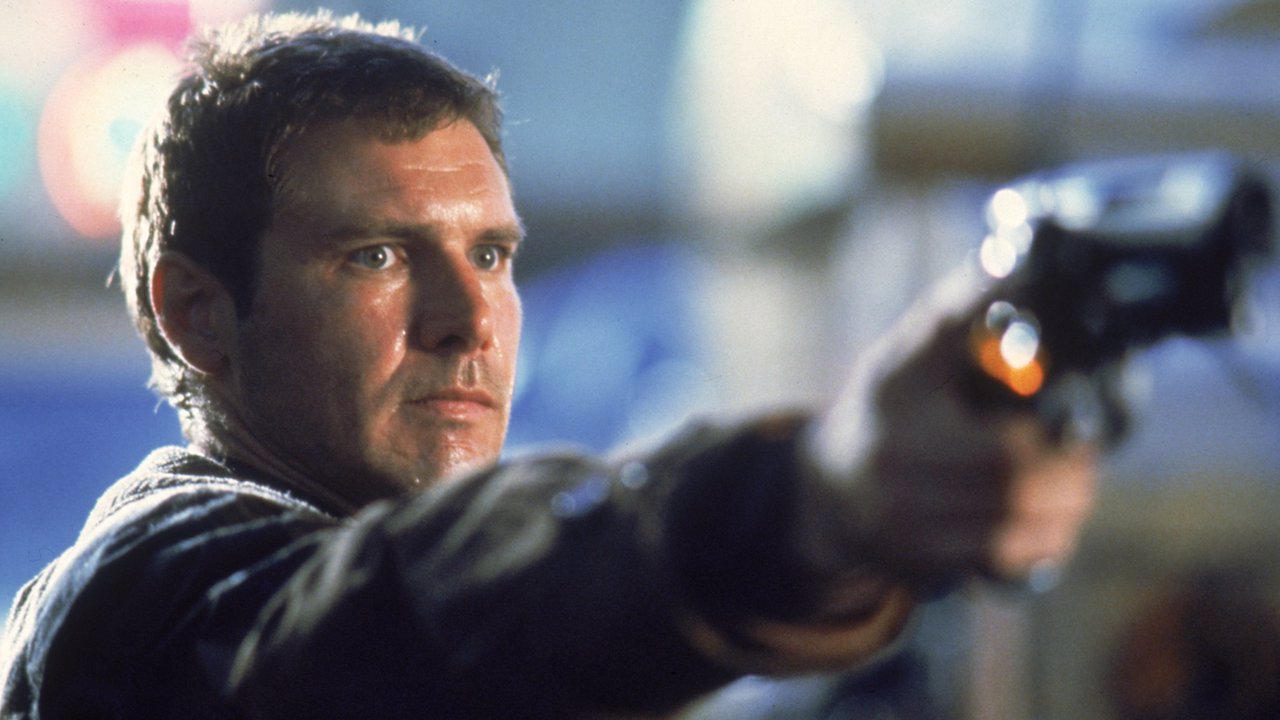
As its name suggests, the Workprint cut of Blade Runner is an early, incomplete version of the movie. Several key scenes were missing and parts of Vangelis' iconic score were unwritten, filled in by placeholder music, yet Scott still felt it was close enough to his vision to screen for previews. Industry audiences in Dallas and Denver viewed this preliminary cut in 1982, offering negative feedback which resulted in the later-released Director's Cut.
The Workprint resurfaced in 1989 when a film archivist located a 70mm print. It screened at festivals and arthouse cinemas erroneously dubbed "the director's cut", generating word-of-mouth buzz which later led to Scott's actual director's cut. This is the only version to include a definition of Replicants during the opening title cards, describing them as "Synthetic human with paraphysical capabilities, having skin/flesh culture."
Where to watch
The latest updates, reviews and unmissable series to watch and more!
US: The 5-disc blu ray box set
2. The Theatrical Cut
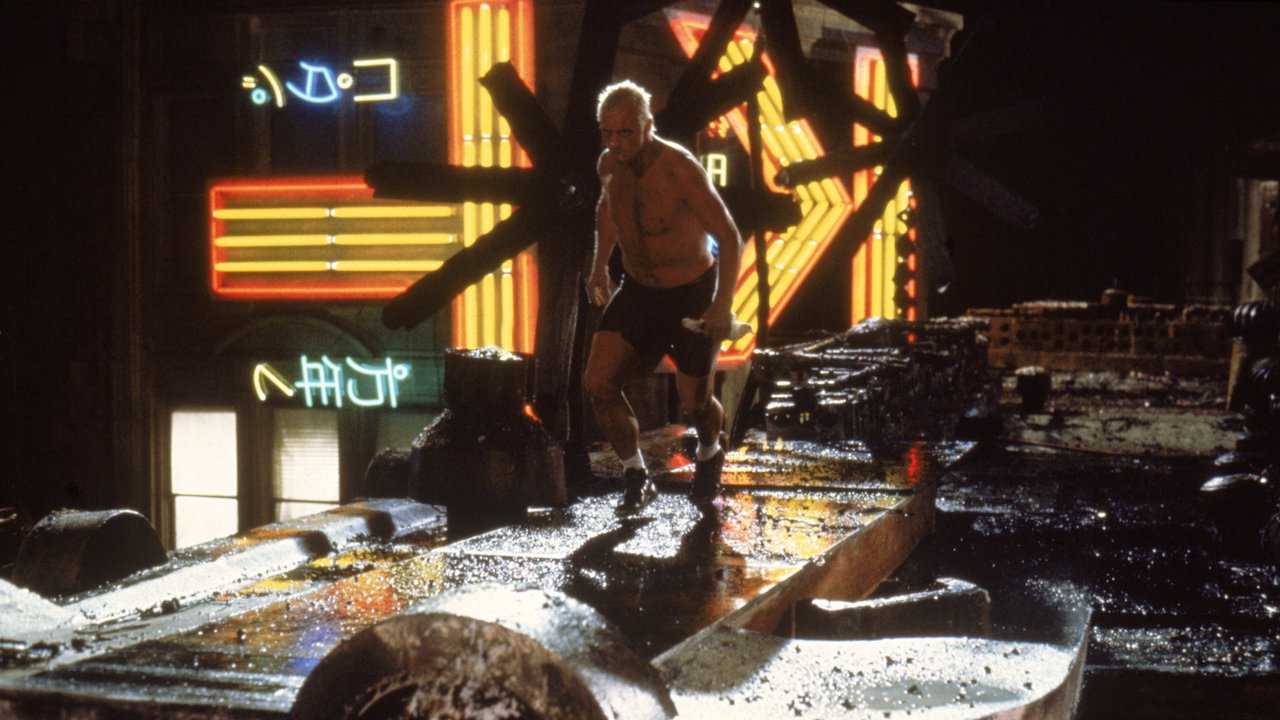
The Theatrical Cut's drastic changes were a direct response to negative feedback from the Workprint cut. Despite Scott and Ford's decision to include scenes explaining the story's more complex narrative elements, Warner Bros. felt certain elements too hard to understand. The result? A studio-mandated voiceover which subsequently divided critics and fans.
Rick Deckard's voiceover consists of narration scrapped from an early version of the script. Recited by what sounds like an unenthused Ford, many believe his lackluster performance was a deliberate attempt at sabotage. "No," he told Playboy in 2002, when asked if he performed poorly on purpose, "I delivered it to the best of my ability given that I had no input. I never thought they'd use it. But I didn't try and sandbag it. It was simply bad narration."
This cut closes on the infamous "happy ending" featuring Rachael and Deckard's drive off into the sunset that incorporates stock footage from The Shining. If that weren't odd enough, Ford's voiceover reveals Rachael doesn't have a limited lifespan like other Replicants, contradicting earlier dialogue by Detective Gaff (Edward James Olmos). This would be the definitive version of Blade Runner for a decade.
Where to watch
US: Prime Video
UK: Prime Video
3. San Diego Sneak Preview
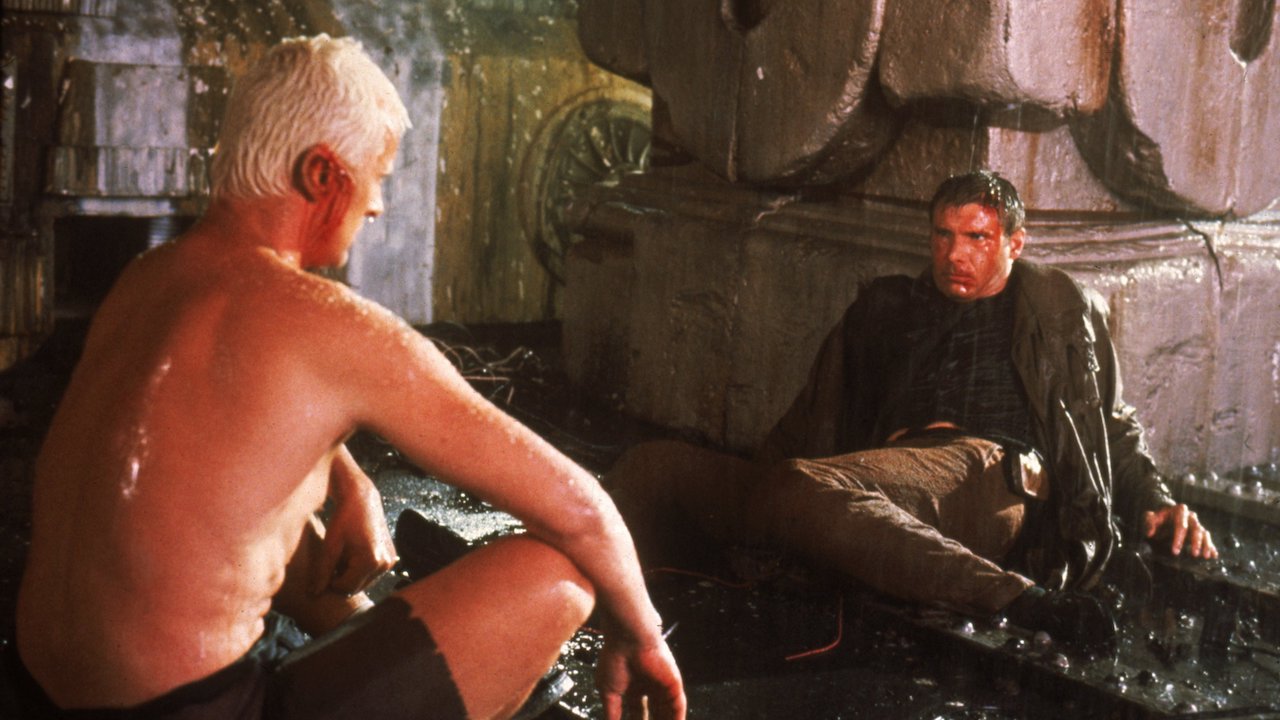
Ahead of the movie's widespread release, a sneak peek version screened for San Diego audiences in May 1982. While it's essentially the same as the Theatrical Cut which bowed a month later, it included two extra shots. One showed Roy Batty stepping from the Vid-Phon booth, and the second was an overhead of Deckard and Rachel driving into the sunset. Scott later trimmed both after audience members criticised the pacing.
Where to watch: Never officially released.
4. The International Cut
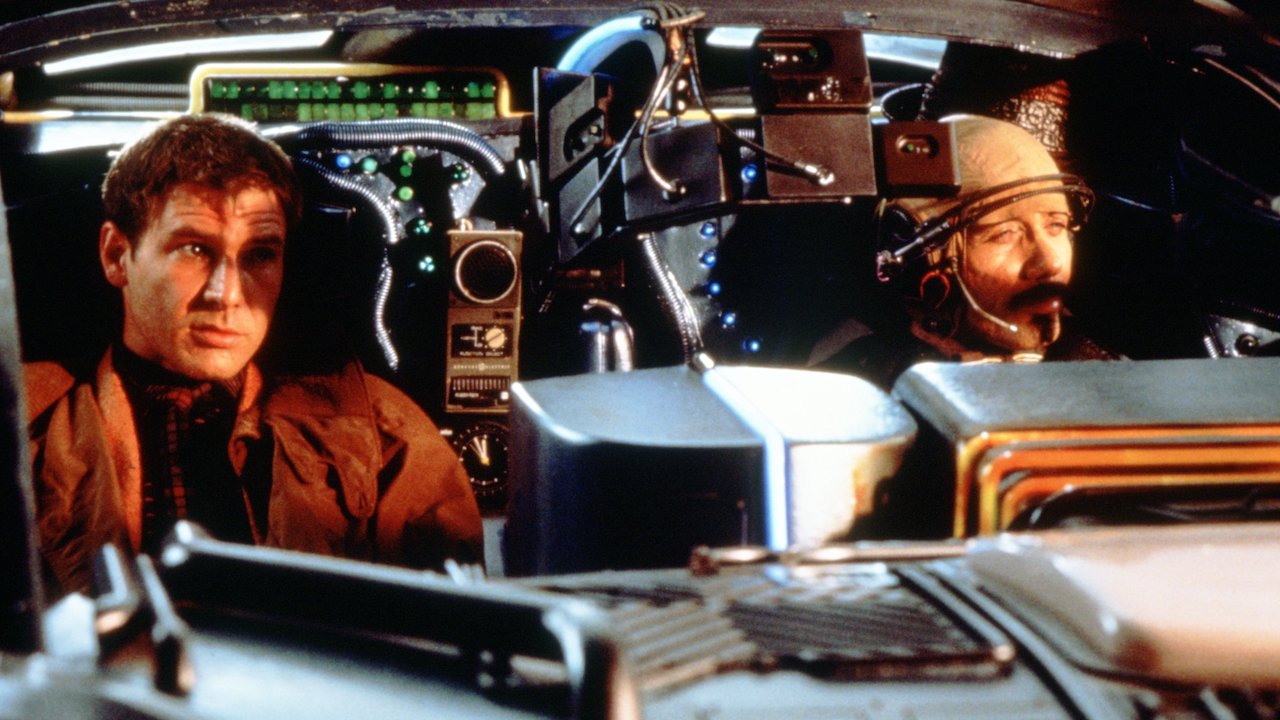
While American audiences watched the Theatrical Cut, international viewers were treated to a slightly different version of the same. These included an extended sequence of Roy giving himself stigmata during his and Deckard's final battle and Deckard shooting Pris three times instead of two. Where the Theatrical Cut cuts away from Tyrell's death at the hands of Roy, the International Cut lingered on the replicant's thumbs squelching into his eye sockets.
Also referred to as the Uncut Version, cinemagoers in Europe, Asia, and Australia were treated to these scenes of extra violence when the movie originally opened. US fans didn't have to wait too long to experience them. These extra moments of brute gore made their way onto VHS home releases of Blade Runner in the US in the 1980s, eventually scoring a spot on the Criterion LaserDisc in 1992.
Where to watch
US: Blade Runner 5-disc Blu-ray box set
UK: All UK versions include the additional scenes.
5. US Broadcast Cut
Despite the US Theatrical Cut receiving extensive cuts to remove violence, CBS further stripped the movie to meet the needs of broadcast censors. The Broadcast Cut took out all nudity, violence, and profanity. The network also reworked the opening crawl explaining the film's setup and overlay new narration recorded by an unknown actor.
Where to watch: Never officially released.
6. The Director's Cut
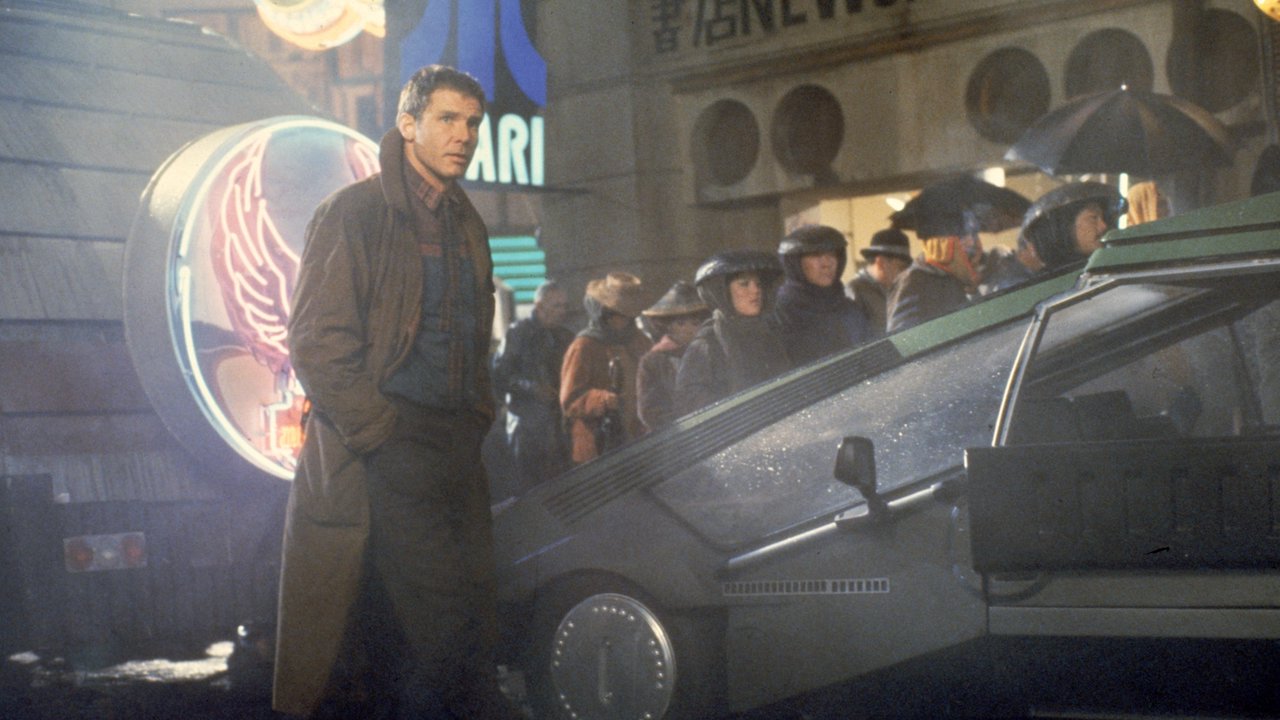
Following the rediscovery of the Workprint Cut in the early 1990s, Warner Bros let theaters screen this alternate version, erroneously labeled as the Director's Cut. Scott disowned the scheduled release of the Workprint, prompting discussions with Warner to craft an actual Director's Cut.
The studio enlisted Michael Arick — the very film preservationist who discovered the original 70mm print — to assemble a version of the movie which hewed closer to Scott's vision. Oddly enough, while he consulted, Scott was not part of the process.
The result? A drastic shift from all previous versions. At Scott's insistence, all instances of Deckard's narration are nixed along with the Deckard-Rachael happy ending. It includes for the first time a brief unicorn dream sequence, fueling claims that Deckard is, in fact, a replicant. This version was released in 1992.
Where to watch
US: Blade Runner 5-disc Blu-ray box set
UK: iTunes
7. The Final Cut
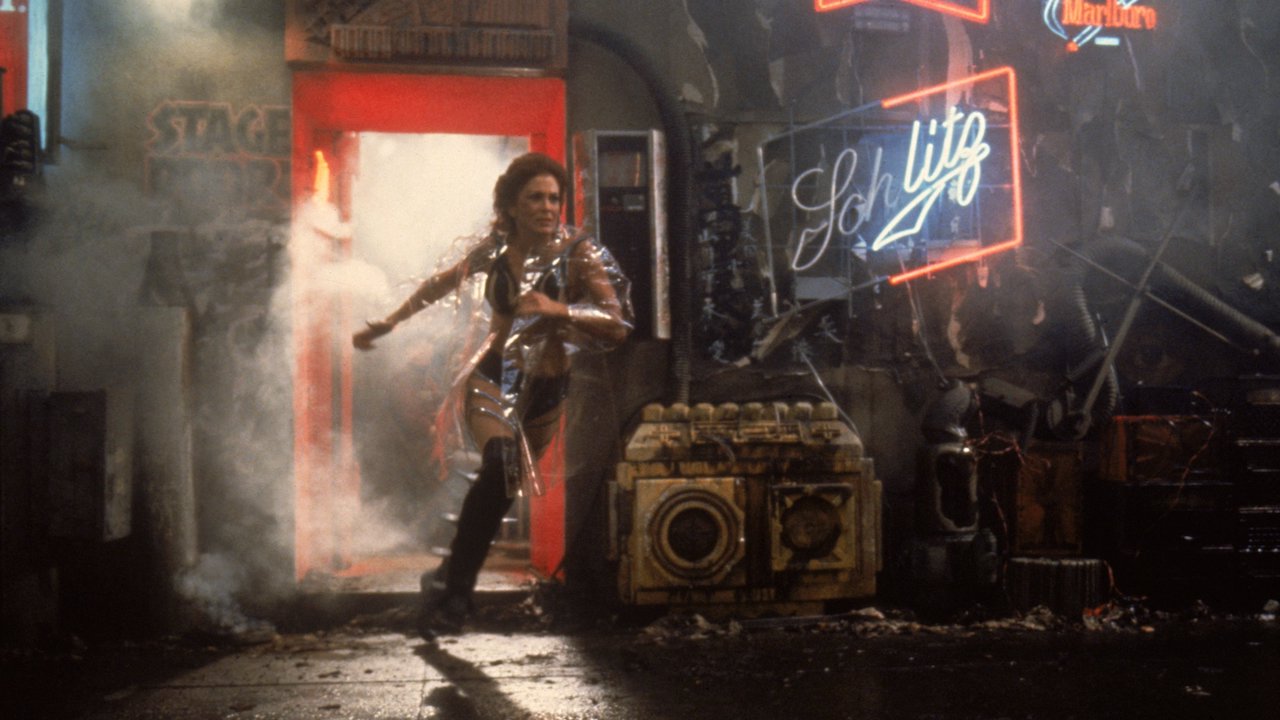
Like the Director's Cut, the Final Cut nixes the happy ending and voiceover. Less a cut, and more a recalibrated assembly of the previous versions, this is Scott's true, intended vision for the movie. He worked hands-on with noted restoration producer Charles De Lauzirika (famous for his work on David Fincher's Alien 3 workprint version) who scanned the original film negative in 4k, creating a fresh master of the entire movie.
In addition to its renewed audio and visuals, Scott extended the unicorn sequence — yes, there's the origami one and the actual one — transforming the "Deckard is a Replicant" theory into fact. Not only that but Scott took time, a quarter of a century after principal photography, to reshoot Zhora's death sequence with actor Joanna Cassidy. Other small errors fixed include the number of replicants Bryant mentions and the out-of-sync audio during Deckard and Abdul Ben Hassan's conversation.
Various elements from existing cuts work their way in, too. The violence and gore from the International Cut, Batty in the VidPhon booth from the San Diego cut, the masked street geishas from the Workprint. They're all here, and like rain pouring down on a soliloquising, fading replicant, they look radiant. In part, because Scott also color-corrected the movie in order to showcase details previously shrouded in darkness.
Where to watch:
UK: Prime Video
Which is the best Blade Runner cut?
The Final Cut was released in 2007, a loving restoration considered the definitive version of Blade Runner. This is the one to watch.
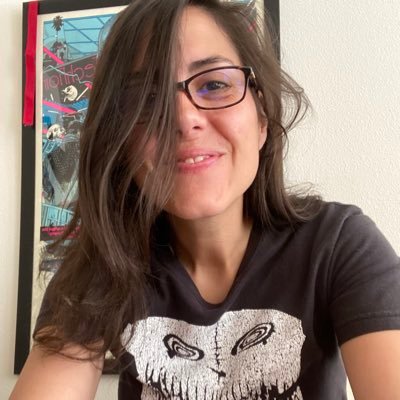
Gem Seddon is a Seattle-based freelance entertainment writer with bylines at Vulture, Digital Spy, TechRadar, GamesRadar+, Total Film, and Certified Forgotten. Librarian by day, scribbler by night, Gem loves 90-minute movies, time travel romance, single-camera comedy shows, Stephen King, all things queer, all things horror, and queer horror. Alien and Scream are tied as her all-time favorite movie. She won't stop raving about Better Things.

